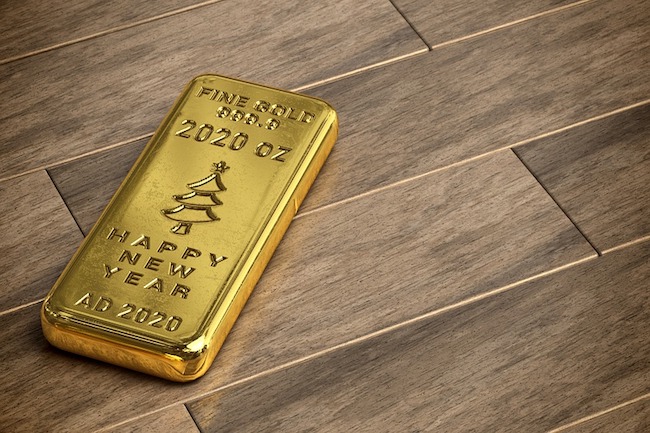They Don’t Hate Gold Because It’s Gold. They Hate It Because It’s Not Government Money. by Ludwig von Mises for Mises
Men have chosen the precious metals gold and silver for the money service on account of their mineralogical, physical, and chemical features. The use of money in a market economy is a praxeologically necessary fact. That gold—and not something else—is used as money is merely a historical fact and as such cannot be conceived by catallactics. In monetary history too, as in all other branches of history, one must resort to historical understanding. If one takes pleasure in calling the gold standard a “barbarous relic,”1
one cannot object to the application of the same term to every historically determined institution. Then the fact that the British speak English — and not Danish, German, or French — is a barbarous relic too, and every Briton who opposes the substitution of Esperanto for English is no less dogmatic and orthodox than those who do not wax rapturous about the plans for a managed currency.
The demonetization of silver and the establishment of gold monometallism was the outcome of deliberate government interference with monetary matters. It is pointless to raise the question concerning what would have happened in the absence of these policies. But it must not be forgotten that it was not the intention of the governments to establish the gold standard. What the governments aimed at was the double standard. They wanted to substitute a rigid, government-decreed exchange ratio between gold and silver for the fluctuating market ratios between the independently coexistent gold and silver coins. The monetary doctrines underlying these endeavors misconstrued the market phenomena in that complete way in which only bureaucrats can misconstrue them. The attempts to create a double standard of both metals, gold and silver, failed lamentably. It was this failure that generated the gold standard. The emergence of the gold standard was the manifestation of a crushing defeat of the governments and their cherished doctrines.
In the 17th century, the rates at which the English government tariffed the coins overvalued the guinea with regard to silver and thus made the silver coins disappear. Only those silver coins that were much worn by usage or in any other way defaced or reduced in weight remained in current use; it did not pay to export and to sell them on the bullion market. Thus England got the gold standard against the intention of its government. Only much later the laws made the de facto gold standard a de jure standard. The government abandoned further fruitless attempts to pump silver standard coins into the market and minted silver only as subsidiary coins with a limited legal tender power. These subsidiary coins were not money, but money-substitutes. Their exchange value depended not on their silver content, but on the fact that they could be exchanged at every instant, without delay and without cost, at their full face value against gold. They were de facto silver printed notes, claims against a definite amount of gold.
Later in the course of the 19th century, the double standard resulted in a similar way in France and in the other countries of the Latin Monetary Union in the emergence of de facto gold monometallism. When the drop in the price of silver in the later 1870s would automatically have effected the replacement of the de facto gold standard by the de facto silver standard, these governments suspended the coinage of silver in order to preserve the gold standard. In the United States, the price structure on the bullion market had already, before the outbreak of the Civil War, transformed the legal bimetallism into de facto gold monometallism.
After the greenback period, there ensued a struggle between the friends of the gold standard on the one hand and those of silver on the other hand. The result was a victory for the gold standard. Once the economically most advanced nations had adopted the gold standard, all other nations followed suit. After the great inflationary adventures of the First World War, most countries hastened to return to the gold standard or the gold-exchange standard.




